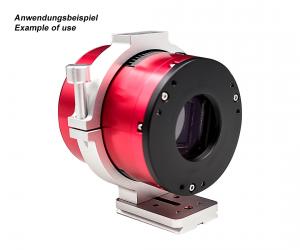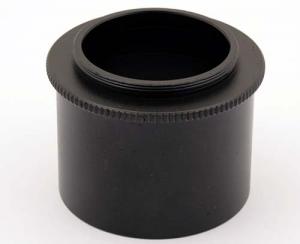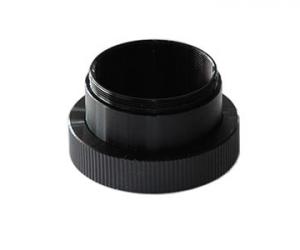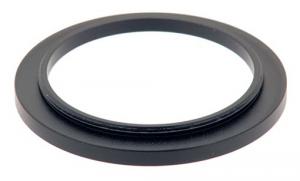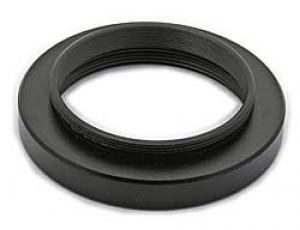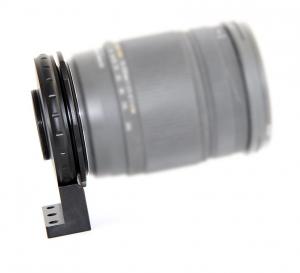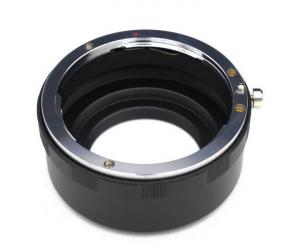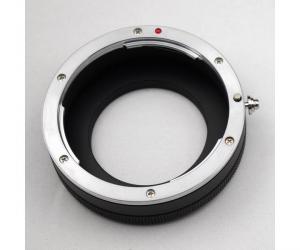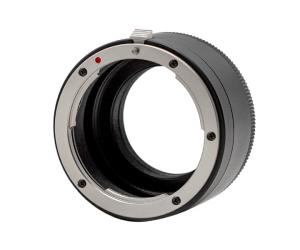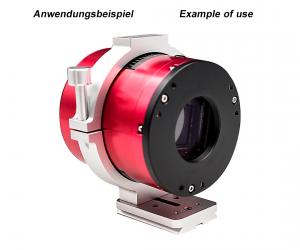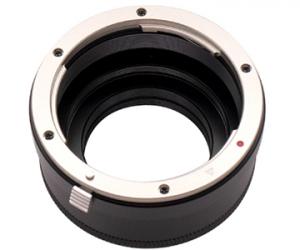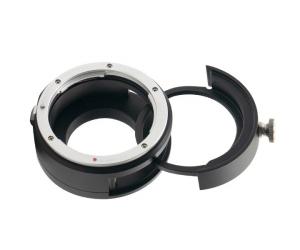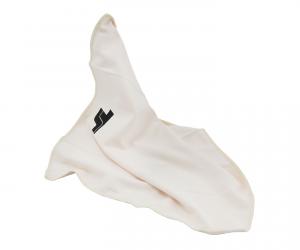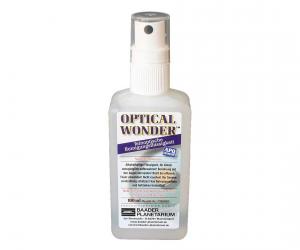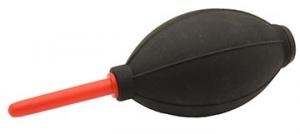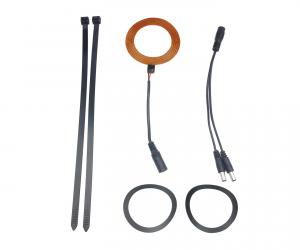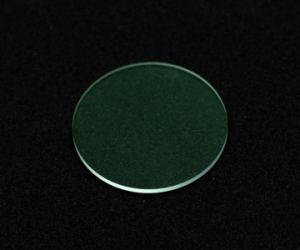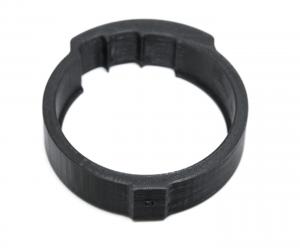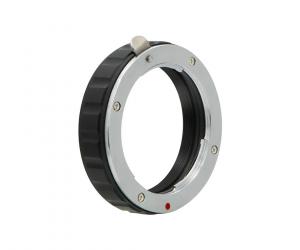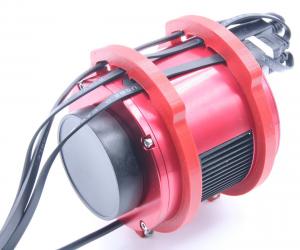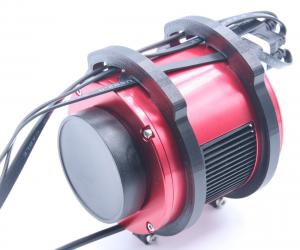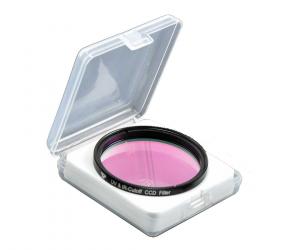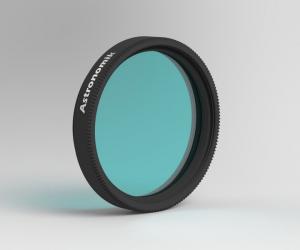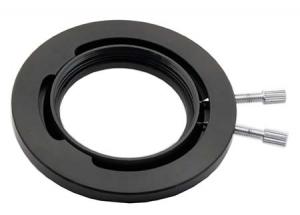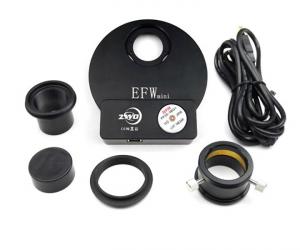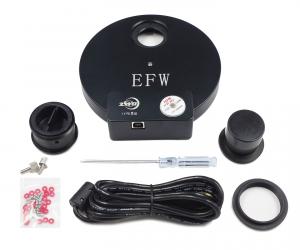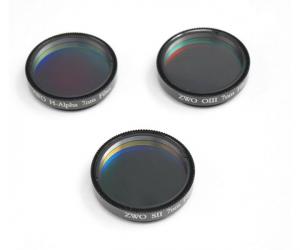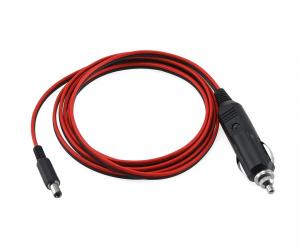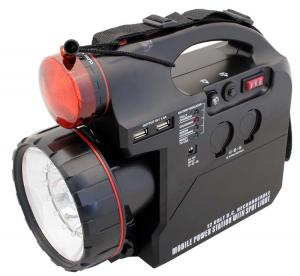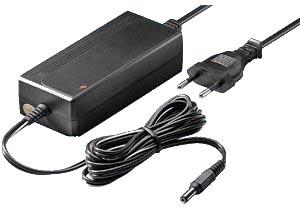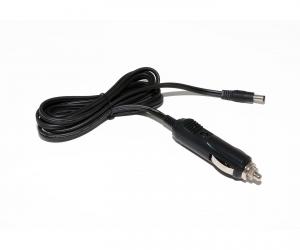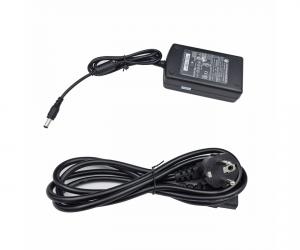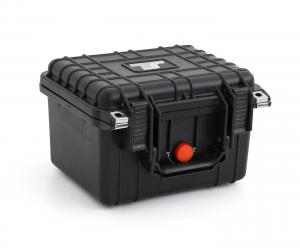- Telescopes
- Overview:
Telescopes - Achromatic Refractor
- Apochromatic Refractor
- Overview:
Apochromatic Refractor - ED Refractor - less color aberration than an achromatic
- SD APO - color free 2-element APO objective
- EDT APO - 3 element ED objective
- High End APO with 3-element APO objective - no color aberation
- Flatfield APO with flat field for Astrophotography
- All Apos and EDs from all manufacturers - large overview
- TS APO and ED from Japan with high quality optics
- Overview:
- Newtonian Telescopes
- Dobsonian Telescopes
- RC Ritchey Chretien Telescopes
- Casssegrain Telescopes
- Reflektor Telescopce with Lens Correcture
- Maksutov Cassegrain Telescopes
- GoTo Telescopes
- Solar Telescopes H-Alpha
- Overview:
- Mounts Tripods Rings Rails Power Supply ...
- Overview:
Mounts Tripods Rings Rails Power Supply ... - Mounts Equatorial with GoTo
- Mounts Equatorial without GoTo
- Mounts Azimutal with GoTo
- Mounts Azimutal without GoTo
- Mounts GoTo - Harmonic Drive
- Travel mounts for astro imaging
- Tripods Piers Polar Wedges
- Mount Control & Electronics
- Dovetail Clamps, Plates and Mount Adapters
- Tube Rings
- Power Supply
- Counterweights Balance Weights
- Mount Accessories - Other
- Overview:
- Telescope Accessories
- Overview:
Telescope Accessories - Eyepieces
- Barlows & Reducer Lenses
- Diagonal Mirrors and Prisms
- Binocular Viewers
- Finder Scopes
- Telescope Collimation and Test
- Cleaning Tools
- Transport and Storage
- Dust protection for Telescopes & Accessories
- Stray Light Protection
- Dewcaps and Heater
- Focusers, Adapters, Motorfocus
- Telescope DIY & Improvement
- Other telescope accessories
- Replacement Parts
- Overview:
- Filters
- Overview:
Filters - Color Filters and Color Filtersets
- Nebular Filters for Visual Observing
- Neutral-Density and Polfilter
- Photo Narrowband Nebular Filters
- Photo Broadband Filters
- Photo Planetary Filters
- Photo R-G-B and IR Cut Filters
- Photo - Filtersets
- Photometric Filters
- Clip Filter for DSLR Cameras
- Filter Wheels and Filterslider
- Solar Filters for white light
- Solarfilter for H-Alpha and Calcium
- Overview:
- Adaptors
- Overview:
Adaptors - Adapter 1,25" and 24,5mm
- Adapter 2"
- Adapter T2 - M42x0.75
- Adapter M48x0,75
- Adapter M54
- Adapter SC
- Adapter M63
- Adapter M68
- Adapter to other Threads
- Adapter Extensions
- Adapter camera bayonet
- Adapter Objective Filterthread
- Adapter Quick Changing , Rotation
- Adapter Eyepiece Projection
- Adapters Tilting
- Overview:
- Astrophotography and Photography
- Overview:
Astrophotography and Photography - Cooled Cameras
- Cameras without Cooling
- Deep-Sky Cameras uncooled
- Set-Offers Camera, Filter, Wheels
- Acessories for Cameras
- Travel mounts for astro imaging
- Imaging Correctors for Telescopes
- Autoguiding Cameras & Sets
- Everything for Guiding
- Focusing aids - Bahtinov mascs
- Flat Field foils and boxes
- Lenses for Cameras
- Piggyback Camera Holder
- Camera Bags, Photocases & more
- Digital Camera and Smartphone Adapter
- Other photo accessories
- Overview:
- Binoculars, Spotting Scopes, Microscopes, Range Finders
- Overview:
Binoculars, Spotting Scopes, Microscopes, Range Finders - Roof Prism Binoculars
- Binoculars with Porro prisms
- Binoculars from 100mm Aperture
- Binoculars with 1,25 inch eyepieces
- TSMX APO Binoculars
- Binoculars for Astronomy
- Binoculars Hiking Bird watching
- Monoculars - Opera Binoculars
- Accessories for Binoculars
- Spotting Scopes
- Range Finders
- Microscopy
- Bags for Phototripods & Binoculars
- Overview:
- Phototripods and Binomounts
- Books, Software
- Overview:
Books, Software - Books for Astronomy Beginners
- Star Charts and Planispheres
- Books about our Solar System
- Observing Tips for Amateurs
- Popular Astronomy Literature
- Teaching material
- Astrophotography books
- Telescopes, Observatories, Construction
- Calendars Yearbooks
- Software, Star Charts
- Books for Microscopers
- Books Nature and Animals
- Nature Photography TimeLapse
- Overview:
- Night Vision, Magnifiers, Weather, Domes & more
- Beginner Astronomy and Gift Ideas
- Second Hand & Special Offers
- New products
Manufacturer: ASI - ZWO
Product number: ASI183MMPRO
EUR1390.00new
EUR 1.390,00
incl. 19 % VAT (DE)
The VAT indicated refers to that applicable in Germany. After logging in, the VAT amount is adjusted to the applicable VAT of the stored delivery country. Therefore, the final price may vary accordingly.
excl. 6.95 € shipping costs (DE)
more details to the shipping costs ...Please log in to calculate shipping costs to your country.
rating: 5.0 of 5ZWO Mono Astro Camera ASI183 MM Pro cooled, Sensor D=15.9 mm1
- Details..
- Technical data..
- In the box..
- Reviews..
- FAQ..
- Manufacturer infos..
- Safety informations..
ZWO ASI183MM Pro - cooled monochrome CMOS Camera for astrophotography
The cooled ZWOptical ASI183MM uses the modern SONY Exmor R BSI IMX183 monochrome sensor. With about 20 million pixels, this camera belongs to the large CMOS astro cameras. Due to the pixel size of only 2.4 µm, the resolution of the camera is sensational. With this, the ASI183 becomes attractiv especially for sharp and fast telescopes and camera lenses.One of the outstanding features of the ASI183 is the sensational light sensitivity. The QE of 84%, due to the BACK ILLUMINATION technology, and the very low amplifier glow make the camera very well suited for all astronomical applications, but above all for deep-sky astrophotography.
Due to the absence of the Bayer mask, the monochrome camera is more sensitive than the color version. With L-RGB filters, you can nonetheless create fascinating color images of the universe. We recommend bW cameras especially for light-polluted skies, for example close to towns. With suitable filters, like nebula filters, you can select the light of deep-sky objects very well. Suitable filter wheels can be found in the accessories section.
Further advantages and features of the ASI 183MM Pro monochrome camera:
Application fields of the camera:
Note: After receiving user feedback, it has been brought to ZWO´s attention that this IMX183 sensor has grid pattern noise when doing H-alpha solar imaging. To alleviate this issue, please take flat frames for calibration (out of focus or use a Barlow lens). ZWO recommends their ASI1600 and ASI174 monochrome cameras for H-alpha solar imaging.
Important: external power supply required!
Please notice that all ZWO cameras with cooler need to be connected to an external 11-15 V power supply to work.Even when the cooler is not being used the power supply must be used for the camera to be reliably recognized.
Optimal support by Teleskop-Service before and after purchase:
We work with the cameras ourselves and can offer you optimal advice. Which camera matches your telescope, how do you achieve optimal adaption? Teleskop-Service is one of the biggest ZWO dealers. Due to our contacts, we offer best possible service also after purchase.Practical tip 1 from TS: Integration of 2" filters, 360° rotation and quick coupling
The camera is often used on correctors that do not have a filter thread. In addition, the filters should always be used as close as possible to the camera. Here we offer you a solution that can do much more.The adaptation is very simple, the 21 mm T2 extension is replaced by:
One tuning ring comes to the camera side, one tuning ring comes to the telescope side of the rotator. Then screw on the M42-M48 adapter with 16.5 mm length and you are in the right distance with the camera.
Practical tip 2 from TS: Storage of cameras and accessories
Especially in our latitudes, the nights are often very humid. This humidity condenses on your camera, eyepiece or filter when they come into the warm interior of the apartment. Especially cooled cameras are affected by this. Quickly a photo session is over because the sensor ices up.Good storage is an important prevention against dew and also extends the life span.
After use, put the camera immediately into the TS Protect Case and add some silica gel. During storage, the silica gel will suck the moisture out of the camera. At the same time, the penetration of humid room air is prevented. Dry storage even allows the small dry tablets in cooled cameras to partially regenerate. Your camera or accessories are always ready for you in optimal condition. You can find the silica gel and the case in our product recommendations.
The cameras are not airtight, so if the camera remains on the telescope, it is exposed to moisture. The small amount of desiccant in the camera can protect the sensor and the inside of the protective glass from moisture for the duration of the exposure, but not for days on end. Moisture problems can be the result. A simple trick is to stretch a plastic bag around the focuser to which the camera is attached so that no air can get in. Silica gel is placed in a small cloth bag inside the plastic bag. This will also create a "dry climate zone" for the camera on the telescope. This allows you to leave the camera on the telescope for a few days for an imaging session lasting several days.
In the medium and long term, however, this is no substitute for proper storage in an airtight case with silica gel.
Downloads, drivers:
ZWO provides software and drivers online for free download.Software and drivers for all ZWO cameras
Frequently asked questions about ZWO cameras:
The FAQ area is constantly updated by ZWO, here you will find answers to many questions.FAQ about ZWO cameras
ZWO Users Forum
Manuals for ZWO products:
The manuals page is constantly updated by ZWO, here you can find user guides for ZWO products.Link to the manuals
How to clean my ZWO camera:
The manufacturer provides a manual that covers how to clean an ASI camera and regenerate the desiccant tablets: Please click here.| Sensor: | 1" CMOS IMX183CLK-J/CQJ-J |
| Resolution: | 20.18 megapixels, 5496*3672 pixels |
| Pixel size: | 2.4 µm |
| Sensor diagonal: | 13.2 mm x 8.8 mm, 15.9 mm diagonal |
| Exposure time: | 32 µs to infinity |
| Readout noise: | 1.6 e- @30 dB gain |
| Full well: | 15 ke- |
| Quantum efficiency maximal: | approx. 84% |
| Frame rate: | 19 fps @maximum resolution |
| Cooling: | Peltier cooling up to 45 °C below ambient |
| Software requirements: | USB3.0 and USB2.0 |
| DDRIII Buffer: | 256 MB |
| Bit rate: | 12 bit output (12 bit ADC) |
| Telescope connection: | T2, 2" and 1.25" |
| Distance T2-thread (female) to sensor: | 17.5 mm (6.5 mm without adapter) |
| Dimensions: | 78 mm diameter and 86 mm length |
| Weight: | 410 grams |
Cooled ASI cameras - quick guide
Quick Guide for the quick first use of your cooled ASI camera.Link to the manual in English - PDF file
Sensor cleaning and desiccant cartridge replacement
Here you will find tips on how to identify where the dirt is and how to clean the sensor or change the drying cartridges.Link to the manual in English - PDF file
Question:
Will my Pro camera work without extra power supply if I don´t turn on the cooling?
Answer from Teleskop-Service:
No, the current Pro cameras always require extra power supply, even without cooling.
Question:
Can the ASI183 be recommended for solar photography?
Answer from Teleskop-Service:
Some users have experienced that when shooting the sun in H-alpha light, a regular light-dark pattern overlaps the images of the IMX183 sensor. In most cases it is sufficient to calibrate the images with a flatframe.
As an alternative to the ASI183, the ASI1600 and the ASI174 monochrome cameras are recommended because the pattern does not occur with these.
| Manufacturer / Importeur: | Teleskop-Service Ransburg GmbH |
| Street: | Von-Myra-Str. 8 |
| ZIP / City: | 85599 Parsdorf |
| Country: | Germany |
| Telefon number: | +49 89 99228750 |
| Email: | info@teleskop-service.de |
| Website: | www.teleskop-service.de |
Safety informations: PDF Download
Recommended accessories
Accessories for mounts
Adaptors
TS-Optics Focal Adapter from 2 Inch to T2 (M42x0,75)
EUR 29,90RRP EUR 34,90you save 14.3% (EUR 5,00)
TS-Optics Optics Adapter for Canon EOS Lenses to T2 for astro cameras - with 1/4" photo...
EUR 89,00RRP EUR 119,00you save 25.2% (EUR 30,00)
Cleaning & Collimating
TS-Optics Optical Super Microfiber Cleaning Cloth
EUR 4,99RRP EUR 7,95you save 37.2% (EUR 2,96)
Customers who bought this product also bought...
General Accessories
Photo Acessories
Power Supply
Omegon Power Tank with 7 Ah - 12 V power supply for telescopes
EUR 119,00RRP EUR 149,00you save 20.1% (EUR 30,00)
Transport & Covers
TS-Optics Protect Case waterproof hard case - width 271 mm
EUR 34,98RRP EUR 44,95you save 22.2% (EUR 9,97)
Reviews
Written by Klaus Weiskopf
on 2022-10-19
"Habe bereits die MC und bin damit sehr zufrieden. Die MM konnte ich abgesehen von Darks und Flats noch nicht testen - Dauerwolken..."
Written by ANTONIO CIDADAO
on 2021-03-18
"Fantastic camera for moon and planets. Also good for deep sky"
Written by Dr. Ober
on 2020-10-26
"Nutze die Kamera vorwiegend zur Spektroskopie, auch von Deep Sky Objekten. Ein Stern Abzug wegen hohem Verstärkerglühen bei (zugegeben hohen) Gain Einstellungen. Temperaturregelung funktioniert wie erwartet, mitgelieferte Software lässt keine Wünsche offen. "
Written by Marcel Herheuser
on 2020-04-30
"Die Kamera hat eine sehr hohe Empfindlichkeit, mit der sich DeepSky Objekte bereits nach kurzer Zeit darstellen lassen. Sie liefert sowohl an meinem kleinen Apo, als auch am 10"" Newton noch großartige Bilder mit einer sehr detailreichen Auflösung. Die Kamera ist zudem sehr bedienerfreundlich und unkompliziert im Umgang, wie eigentlich alle ASI Kameras, die ich bisher in den Fingern hatte. "
Written by Victor Schladebach
on 2020-04-15
"Ich bin bis jetzt von dem Produkt begeistert. Ich verwende die Kamera mit einem 80/352 Apo und bin bis jetzt sehr zufrieden. Ich hatte früher oft probleme mit eis auf dem Kamera Glas, dies entfällt hier komplett."
Written by Stevan Klaas
on 2018-02-26
"Just begun testing with my ONTC 8?? and ASA 0.73. Great resolution."




















